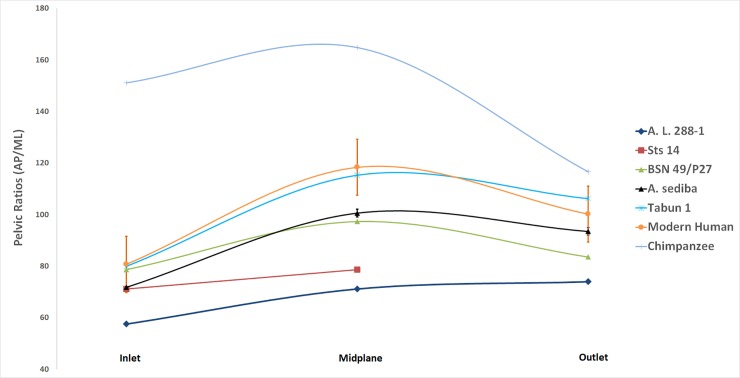Fig 3. Pelvic indices (AP/ML) for hominin measures reported in Table 3.
Notice that the chimpanzee pelvis remains AP elongated throughout the birth canal. Modern humans, in contrast, have a transversely oriented inlet that broadens (AP) at the midplane and becomes rounder at the outlet. Early australopiths (A.L. 288–1 and Sts 14) have transversely wide obstetric dimensions throughout. Notice, however, how similar the birth canal ratios of A. sediba are to BSN 49/P27, thought by many to belong to fossil Homo. The human values incorporate a range based on unpublished data provided by H. Kurki (n = 187, 1 standard deviation) and reported measures in Tague and Lovejoy [17], Simpson et al. [34], and Kibii et al. [42]. The A. sediba ranges are based on the different ischia (MH1, A.L. 288–1, Sts 14, and small-bodied human) that were used in the different composite pelves reconstructed. Notice that use of these different ischia does not significantly alter the estimated obstetric ratios.

